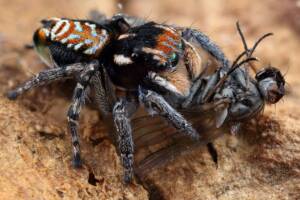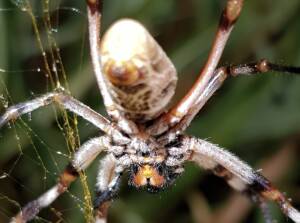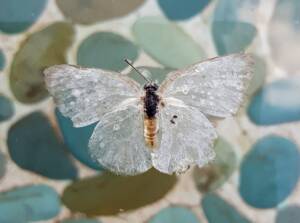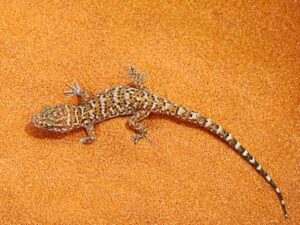The selected images here are of the Native Apricot (Pittosporum angustifolium), taken at the Alice Springs Desert Park. It is known by several other common names including Bush Apricot and Weeping Pittosporum.
The fruit of this species Pittosporum angustifolium is a round to oval shape and is not edible. This is not to be confused with the other commonly know Native Apricot (Meiogyne cylindrocarpa), whose fruit is edible and whose shape is more elongated and cylindrical, with a more orange to red colour skin. Meiogyne cylindrocarpa is also known as Fingersop.
Pittosporum angustifolium is a drought hardy shrub/tree, it is found growing throughout Australia, especially in the arid and semi-arid inland regions, along watercourses and hilly areas, although they do occur in low numbers.
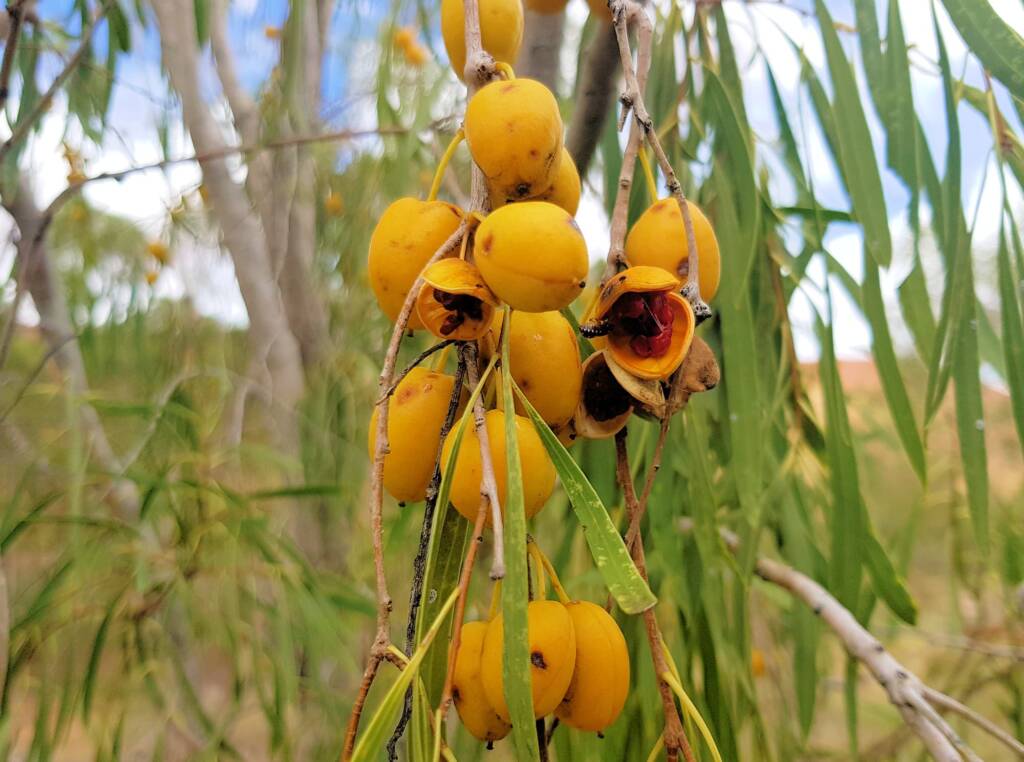
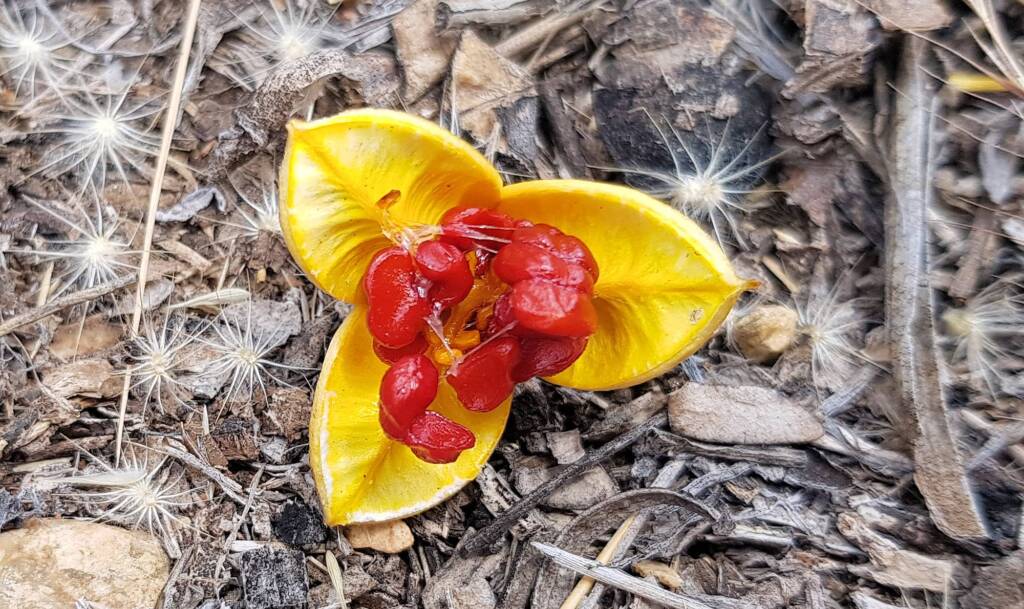
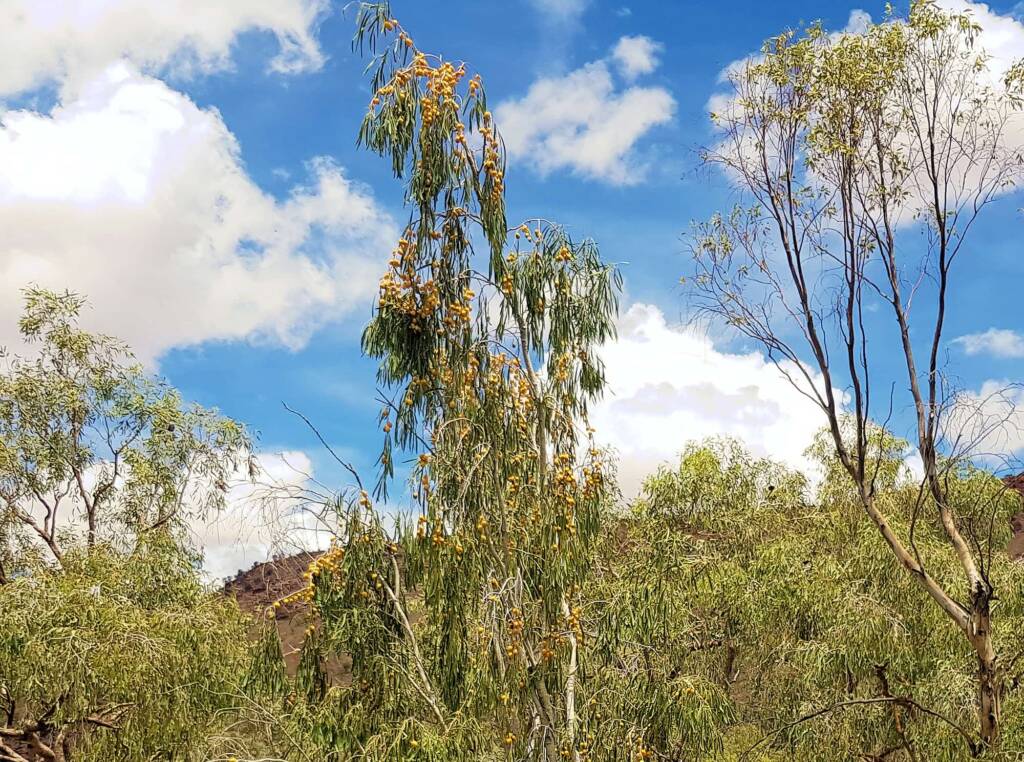
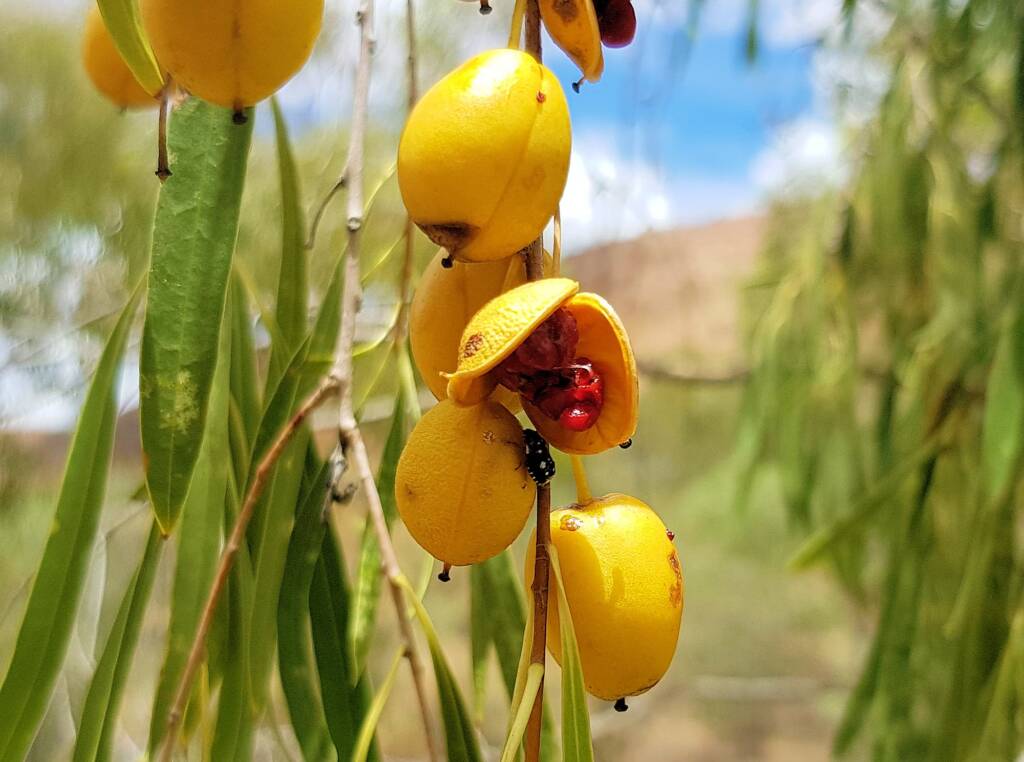
Sometimes a straggly looking shrub/tree, with a weeping appearance, the flowers are cream to yellow when in bloom (usually in late winter to spring). The fruit is usually a more of an oval shape and may vary from yellow to orange in colour. When open the fruit reveals a bright red sticky pulp enclosing the seeds.
Common name
The Bush Apricot are known by various names, including Native Apricot, Weeping Pittosporum, Western Pittosporum, Cattle Bush, Native Willow, Cheesewood, poison berry bush, berrigan, meemeei. It is also known as Gumbi Gumbi or Gumby Gumby. It can also be researched under the name Pittosporum phylliraeoides and P. phylliraeoides var. microcarpa.



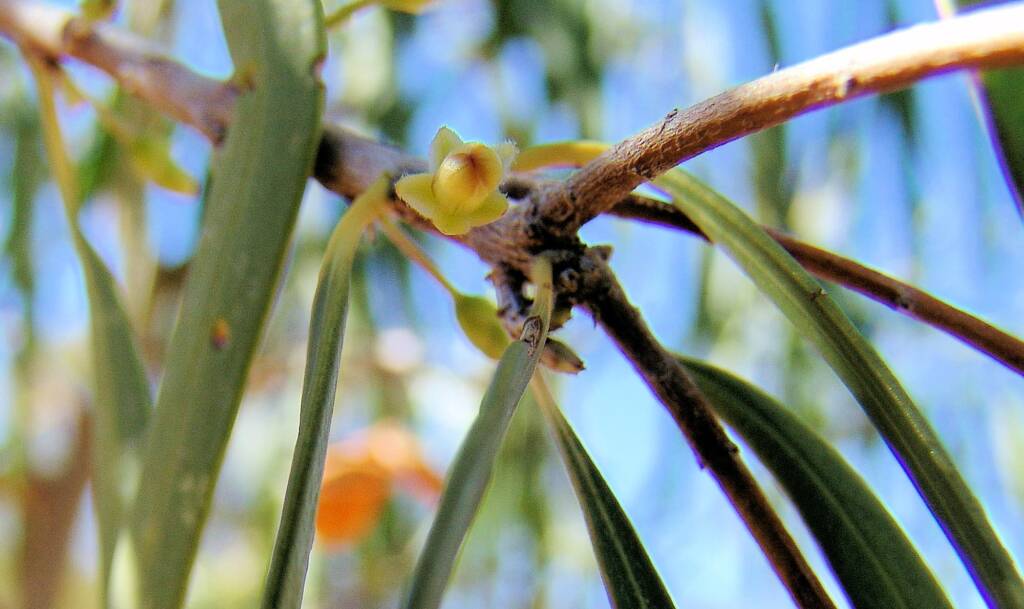
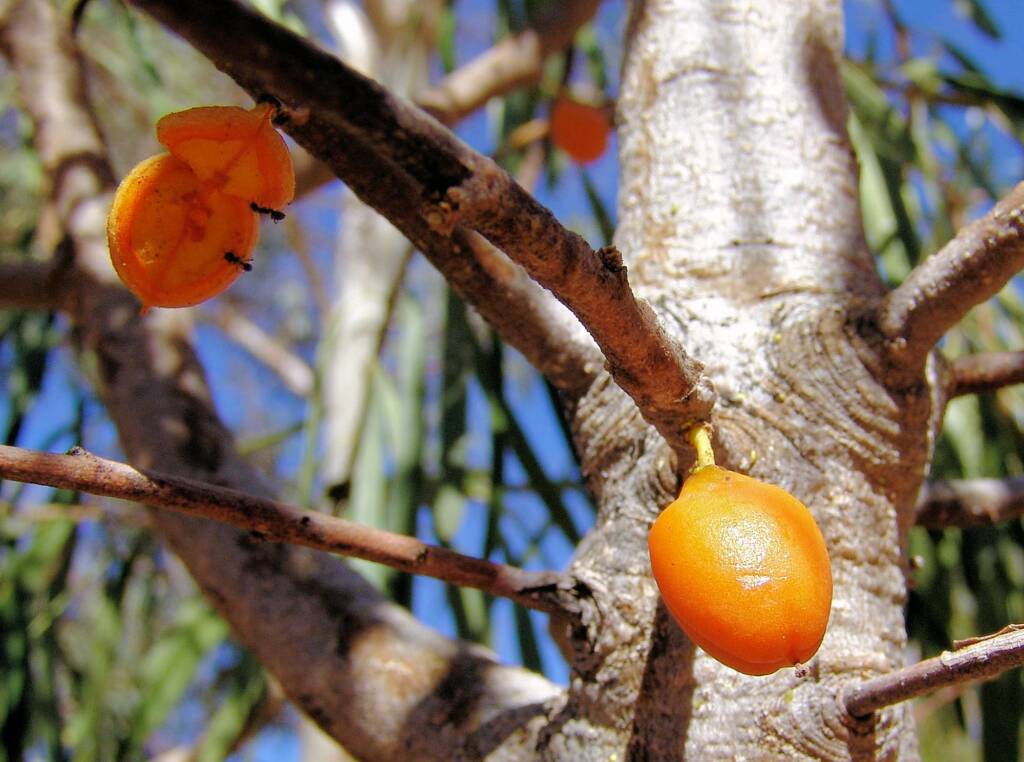


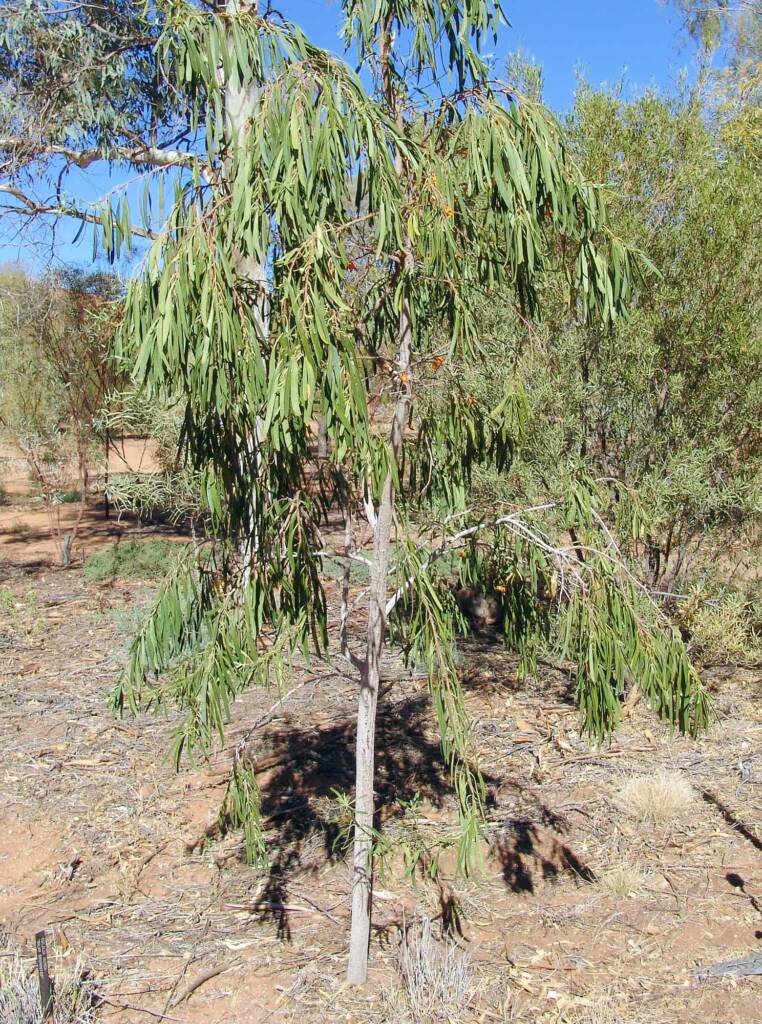

- Scientific classification
- Kingdom: Plantae
- Clade: Tracheophytes
- Clade: Angiosperms
- Clade: Eudicots
- Clade: Asterids
- Order: Apiales
- Family: Pittosporaceae
- Genus: Pittosporum
- Species: P. angustifolium
- Binomial name: Pittosporum angustifolium
Footnote & References
- Pittosporum angustifolium, https://en.wikipedia.org/wiki/Pittosporum_angustifolium (last visited January. 26, 2021).
- Indigenous medicine – a fusion of ritual and remedy, author Graham Jones, 5 December 2014, The Conversation, https://theconversation.com/indigenous-medicine-a-fusion-of-ritual-and-remedy-33142
- 10 bush medicines that have been curing people for generations, by Natalie Cromb, 7 June 2017, SBS NITV, https://www.sbs.com.au/nitv/article/2017/05/25/10-bush-medicines-have-been-curing-people-generations
FloraFlora in Australia Flora Index Acacia Adenanthos cuneatus (Coastal Jug Flower) Agapanthus Apium prostratum subsp. prostratum var filiforme Anigozanthos (Kangaroo Paws) Apple Bush (Pterocaulon sphacelatum) Annual Yellowtop Australian Bluebell Australian Gossypium Banksia Batswing Coral Tree Billy Buttons Birdsville Indigo Blue Pincushion Bush Banana Callistemon Callitris drummondii (Drummond’s Cypress Pine) Calothamnus quadrifidus Cape Honeysuckle Cassia fistula (Golden Shower) Cattle Bush Common Heath Crotalaria Darwinia wittwerorum (Wittwer’s Mountain Bell) Daviesia oppositifolia (Rattle-pea) Desert Oaks Drumsticks Eremophila Eucalyptus Ficus Flannel Cudweed (Actinobole uliginosum) Georges Indigo Goatshead Burr (Sclerolaena bicornis) Golden Everlasting Goodenia Gossypium Grass and Grasses Grass Trees Grevillea Grey Germander Hakea Kapok Bush (Aerva javanica) Lambertia sp Leptospermum MacDonnell Ranges Cycad Maireana scleroptera Mexican Poppy Minnie Daisy Mistletoe Family Nardoo Native Apricot Nicotiana megalosiphon subspecies sessilifolia Nuytsia floribunda Orange Spade Flower Orchidaceae Parakeelyas (Calandrinia) Pebble Bush (Stylobasium spathulatum) Perennial Yellow Top Pink Everlasting Pink Rock Wort Poached Egg Daisy Portulaca Proteaceae Ptilotus Quandong Resurrection Fern Rosy Dock Ruby Saltbush Santalum Solanum Spike Centaury Spinifex Storkbill (Erodium cygnorum) Striped Mint Bush Sturt’s Desert Pea Sturt’s Desert Rose Tall Saltbush Tangled Leschenaultia Tar Vine Tribulus eichlerianus Upside-down Plant Urodon dasyphylla Variable Daisy Waratah (Telopea) Wertabona Daisy White Cedar (Melia azedarach) White Indigo White Paper Daisy Wild Passionfruit Wild Stock Woolly-Headed Burr Daisy Woolly Bush Yellow-keeled Swainsona


